Projective Geometry
The two main objects of this work have been to develop the principles of projective geometry without making use of the theory of distance, and to give a satisfactory discussion of complex elements of space, up to three dimensions. No attempt has been made to start with the smallest sufficient number of indefinable terms and primitive propositions; there are ten primitive propositions, involving quite a large number of indefinables (besides point, plane, line, the indefinable entities), and these propositions have been chosen because they seem to be obvious to the ordinary intuition, and fall into five correlative pairs. Thus the principle of duality appears at the outset, and is emphasized more and more as we proceed.The proof of the fundamental theorem (after that of Lüroth and Zeuthen) involves the notion of a converging sequence of points, as well as that of order: so it is by no means the most rigorous that could be given, but I believe it is as near to a rigorous proof as an ordinary student is likely to appreciate. The beginner is recommended to assume the theorem of Art. 5r, and treat the rest of Chap. VII. as something to ruminate upon.
{{comment.content}}

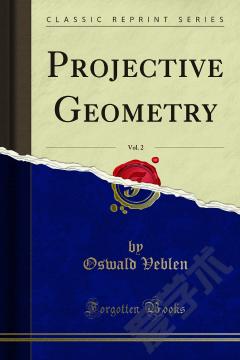

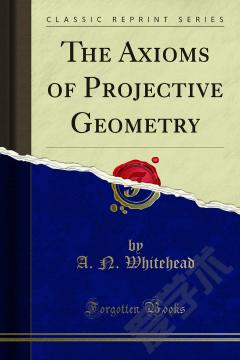
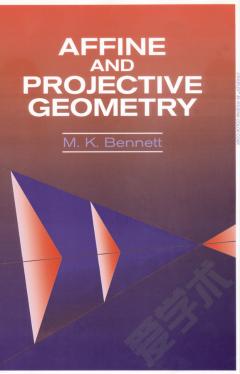
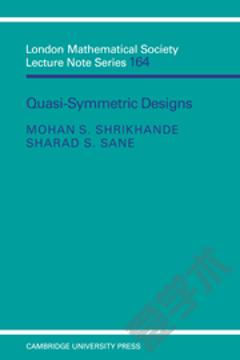
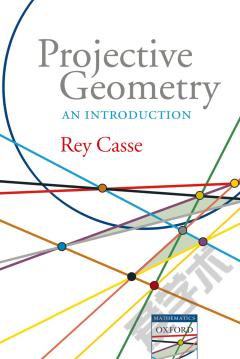

 京公网安备 11010802027623号
京公网安备 11010802027623号